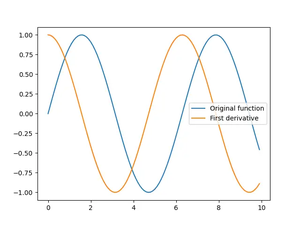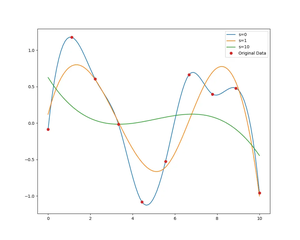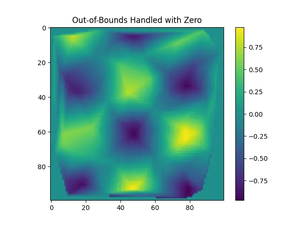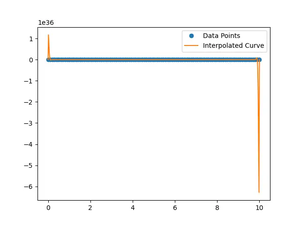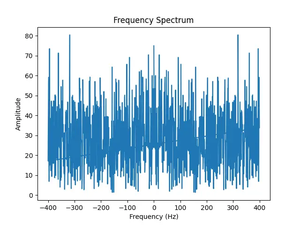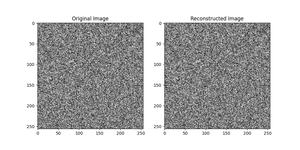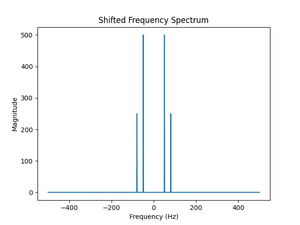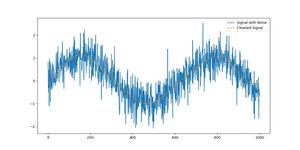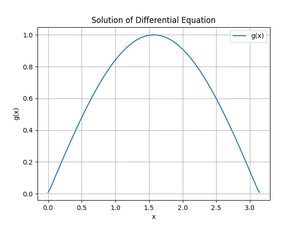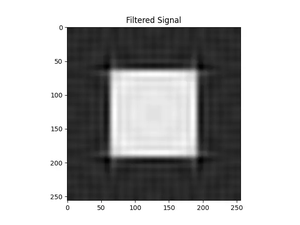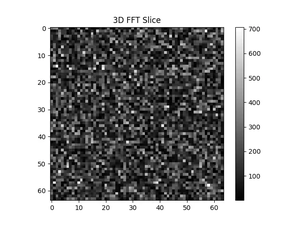Introduction
The linalg.solve_banded() function in SciPy is a powerful tool for efficiently solving large, sparse, banded linear systems. Understanding its use can significantly speed up the computation in various scientific and engineering contexts.
Understanding Banded Matrices
Before diving into the use of linalg.solve_banded(), it’s crucial to understand what banded matrices are. A banded matrix is a sparse matrix where the nonzero elements are confined to a diagonal band, comprising the main diagonal and several diagonals on either side. Solving systems involving banded matrices is computationally less intensive than their full matrix counterparts, thanks to the reduced number of operations needed.
Example 1: Solving a Basic Banded System
Let’s start with a basic example to solve a tridiagonal matrix system, which is a common type of banded matrix. We define the matrix in terms of its diagonals.
import numpy as np
from scipy.linalg import solve_banded
# The array's shape is (3, N) because we have three diagonals
# u is the upper diagonal, d is the main diagonal, l is the lower diagonal
u, d, l = [1, 2, 3], [4, 5, 6], [7, 8, 9]
ab = np.array([u, d, l])
b = np.array([1, 2, 3])
x = solve_banded((1, 1), ab, b)
print(x)
This code solves a simple linear system defined by its banded matrix representation. The output, `x`, will be the solution to the system.
Output:
[ 7.93016446e-18 5.00000000e-01 -1.66666667e-01]Example 2: Handling Larger Banded Matrices
Now, let’s tackle a more complex system with a larger banded matrix. We increas the number of diagonals involved and demonstrate handling these systems.
import numpy as np
from scipy.linalg import solve_banded
# Example of a 5-diagonal system, with (2,2) bands
upper = [4, 5, 6, 7]
main = [1, 2, 3, 4, 5]
lower = [8, 9, 10, 11]
ab = np.vstack((upper, main, lower))
b = np.array([1, 2, 3, 4, 5])
x = solve_banded((2, 2), ab, b)
print(x)
In this example, the system is more complex, but the method remains efficient for solving the linear equations. The result is a quick computation of the solution.
Example 3: Advanced Use – Periodic Banded Systems
Finally, let’s explore an advanced application involving periodic banded systems. These systems resemble banded matrices but wrap around at the edges, making them periodic.
import numpy as np
from scipy.linalg import solve_banded
# Creating a periodic banded matrix representation
c1, c2 = [0, 1, 2], [3, 4, 5]
matrix = np.vstack((c1, c2, c2, c1)) # This simulates the periodic condition
b = np.array([1, 2, 3, 4])
# As scipy does not directly support periodic banded matrices, this requires some workaround
# Here, we adjust by adding the periodicity manually to the input vector `b`
b_adjusted = b.copy()
b_adjusted[0] += c2[-1]*b[-1]
b_adjusted[-1] += c1[0]*b[0]
x = solve_banded((2, 1), matrix, b_adjusted)
print(x)
This example illustrates an intelligent workaround for periodic banded systems, expanding the linalg.solve_banded() function’s applicability beyond its standard use cases. The technique employs manual adjustments to accommodate the periodicity before solving.
Conclusion
The linalg.solve_banded() function in SciPy enables efficient and practical solutions to systems of linear equations involving banded matrices. From simple tridiagonal systems to more complex and even periodic banded matrices, understanding and using this function can significantly enhance computational efficiency in various applications. Whether for scientific research, engineering projects, or complex mathematical computations, mastering linalg.solve_banded() is a valuable skill.
